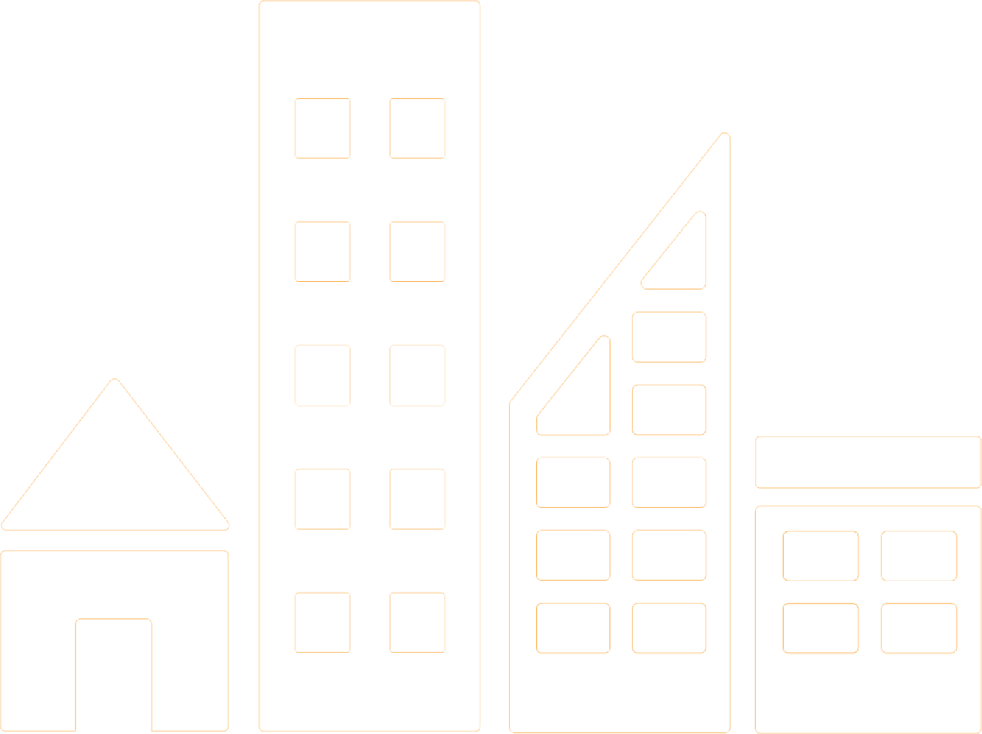ESG Mission Statement
Alter Build is a pivotal force in the revitalization of historical architecture, employing an alternative construction methodology grounded in core ESG (Environmental, Social, Governance) principles. Our focus transcends the swift population of our properties; we aim to build and foster value-aligned communities.
The DRUK cultural and civic center in Kharkiv serves as a prime example of this philosophy. It demonstrates a profound commitment to ESG principles, particularly within the Social and Governance pillars, and through its dedication to heritage preservation, addresses the Environmental pillar.









